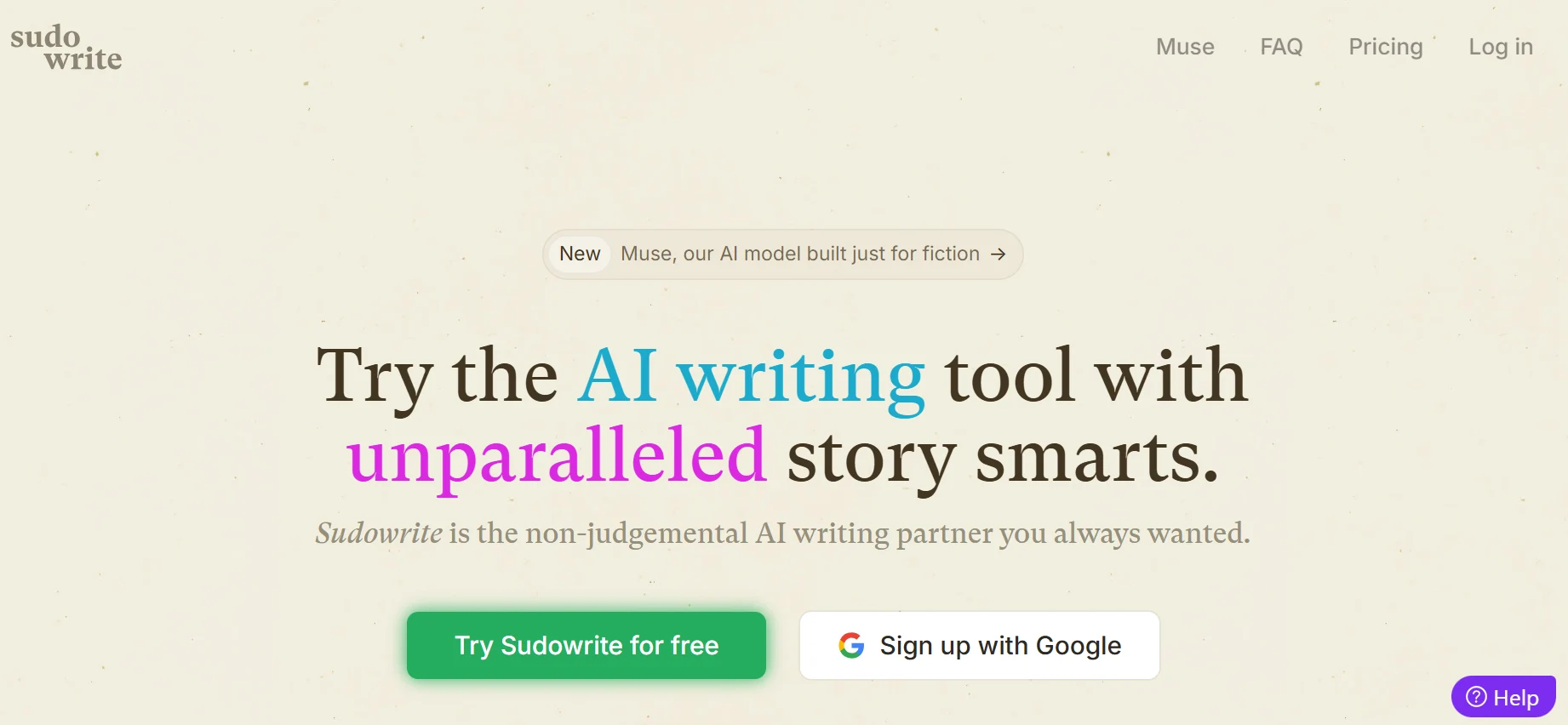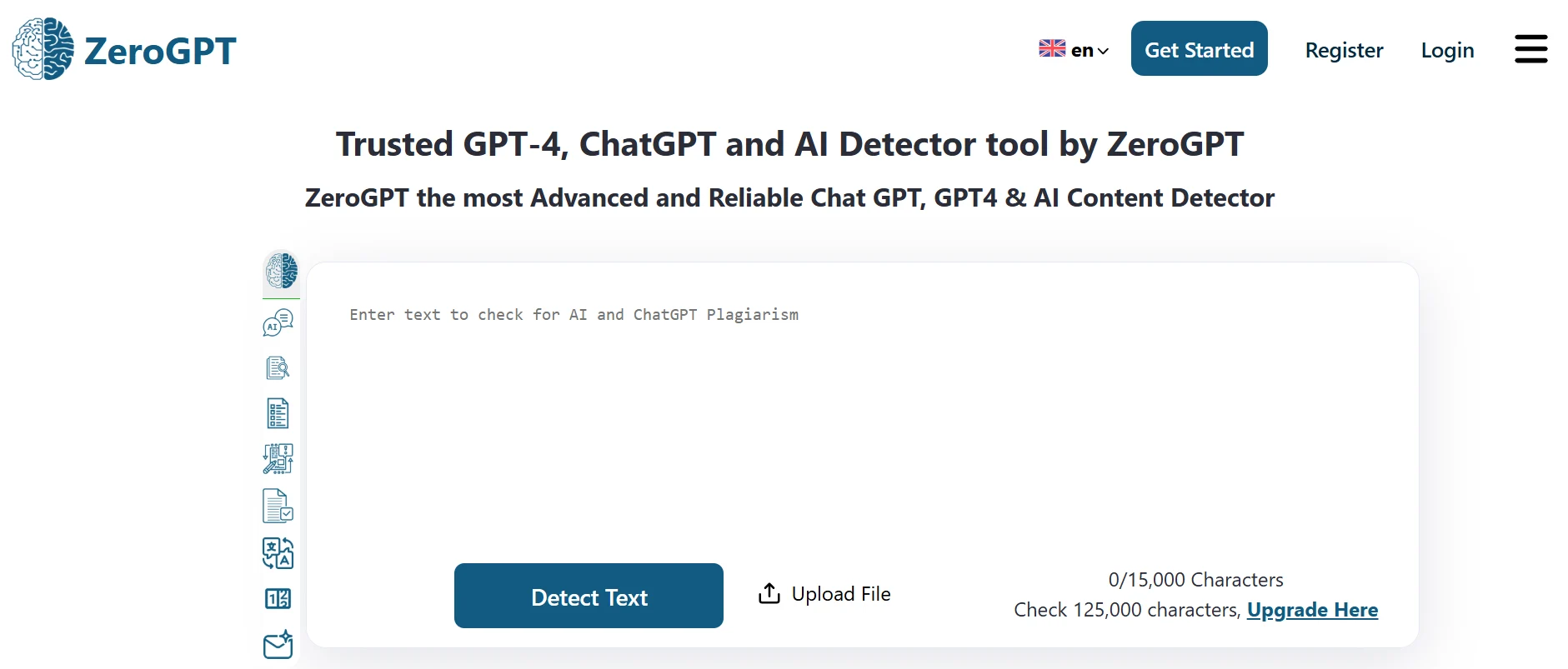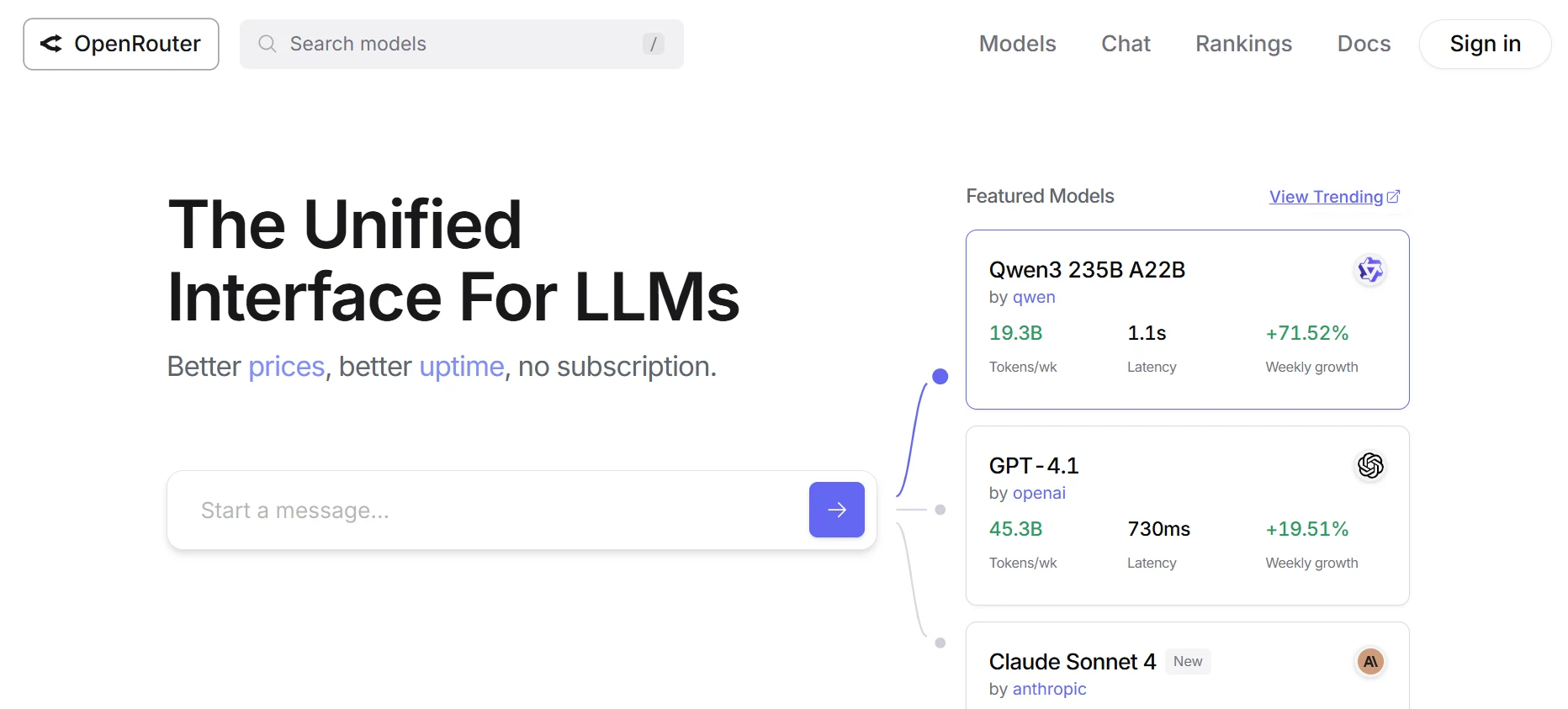Puppetry
Harnessing advanced automation, Puppetry allows seamless manipulation of virtual entities, enabling captivating and interactive experiences online.
|
AI Categories:
|
Search Engine |
|---|---|
|
Pricing Model:
|
Freemium, $1/mo |
What is Puppetry?
Puppetry is a venerable form of theatrical art where puppeteers manipulate inanimate figures to stage performances, tracing its origins back millennia across diverse global cultures. These traditions imbue puppetry with rich variations, blending entertainment with spiritual and educational themes. While commonly associated with children's theater today, puppetry's versatility extends into adult-focused entertainment, as evidenced by productions like the acclaimed Broadway play War Horse.
Key Features:
- Ancient Roots: Puppetry is an ancient art form, with traditions spanning thousands of years and cultures worldwide, each adding unique elements to this theatrical practice.
- Diverse Narratives: Puppet shows historically dramatize various narratives, including folk tales, religious stories, and humorous satires, catering to a broad spectrum of audiences.
- Versatile Themes: Themes in puppet theater often draw from epics and legends, infusing performances with rich, timeless storytelling that resonates deeply across generations.
- Modern Adaptations: Contemporary puppetry isn't just for children; productions like the Broadway play War Horse showcase puppetry's effectiveness in adult-focused, sophisticated entertainment.
- Technical Aspects: The success of a puppet show relies heavily on intricate scenery and lighting, enhancing the visual appeal and emotional impact of the performance, whether manipulated by a puppeteer or a puppet actor.
Pros:
- Open Source: Being open source, Puppetry is accessible to everyone, fostering community collaboration and improvements.
- Automation: Puppetry automates repetitive tasks, increasing efficiency and reducing manual errors in workflows.
- Consistency: Ensures consistent performance and behavior across various environments, enhancing reliability.
- Reusability: Promotes reusability of code and configurations, saving time and effort in project development.
- Scalability: Easily scalable to manage complex and growing infrastructure needs without compromising performance.
Cons:
- Complex Ruby: Ruby, the language Puppetry is written in, can be complex and challenging to learn for newcomers.
- Ruby Dependence: Extending Puppetry requires Ruby knowledge, which may not be widespread among all developers.
- Rapid Changes: Frequent updates and rapid releases make it challenging to stay current with new features and changes.
- Feature Learning Curve: Keeping up with Puppetry’s evolving features requires continuous learning and adaptation.
- Limited Reporting: Puppetry lacks comprehensive reporting features, potentially hindering detailed performance analysis.
Who is Using Puppetry?
It is also integral to rituals, where puppets serve as sacred objects with deep spiritual significance.
Pricing:
- Starter Plan: $1/month for basic daily limits, default voices, and personal use to explore AI video tools.
- Personal Plan: $9.99/month with 20 daily media generations, ChatGPT access, no watermark, and personal use rights.
- Professional Plan: $39.99/month for unlimited media generation, premium voices, no watermark, and full commercial use.
Disclaimer: Please note that pricing information may change. For the most accurate and current pricing details, refer to the official Puppetry website.
What Makes Puppetry Unique?
What makes puppetry unique is its essence of impersonality, where the puppet represents a type rather than an individual. This characteristic is shared with masked actors or heavily made-up performers, allowing for universal, symbolic storytelling that transcends personal identity.
Summary:
It is also integral to rituals, where puppets serve as sacred objects with deep spiritual significance.
Popular AI Tools

AdobeFirefly

Sudowrite
Related AI Tools

ChatFAI

myStylus AI

Julius AI

FotoExamen

Quetext

ZeroGPT

Studyflash

GPTExcel

Accent Guesser







